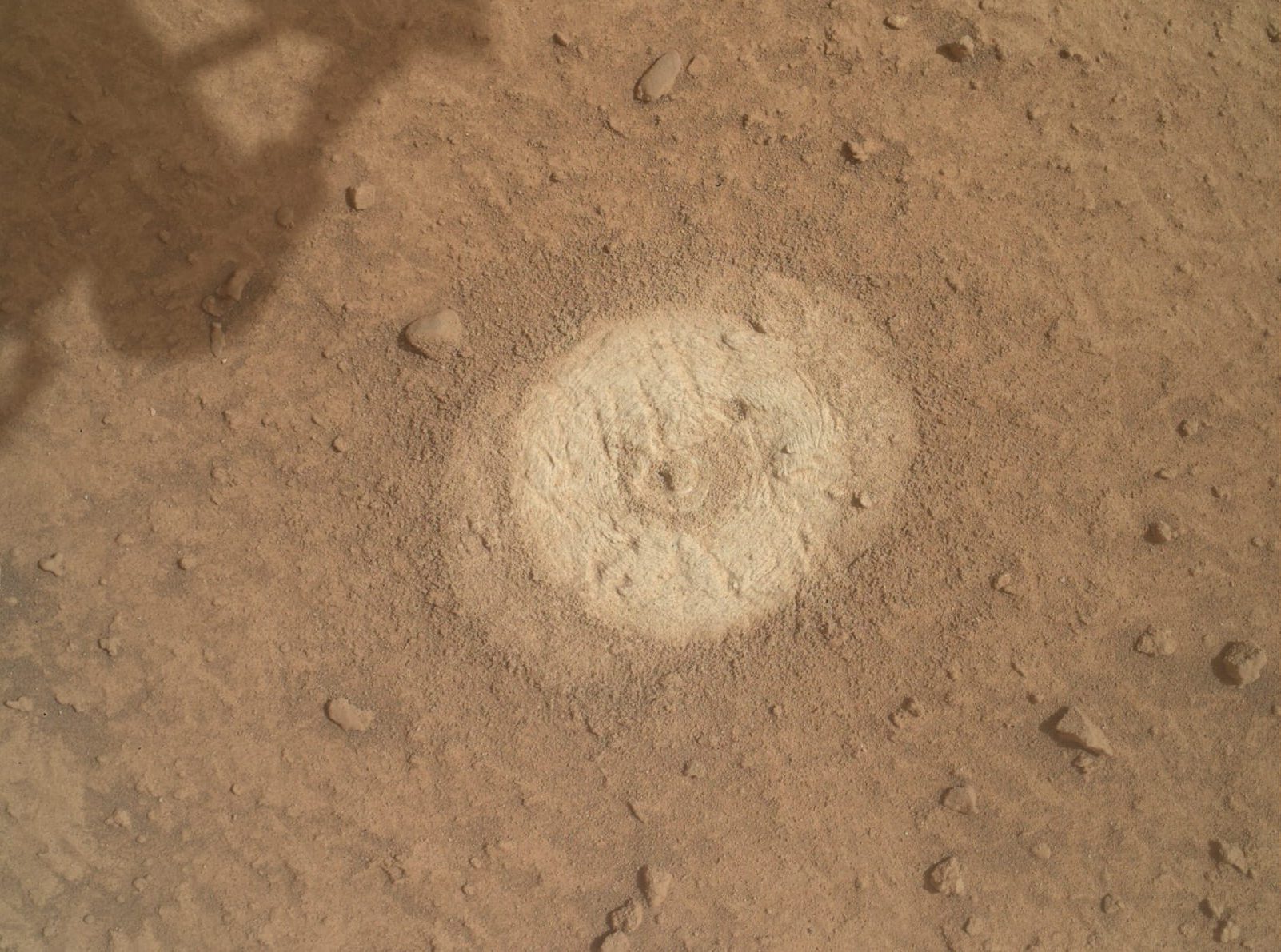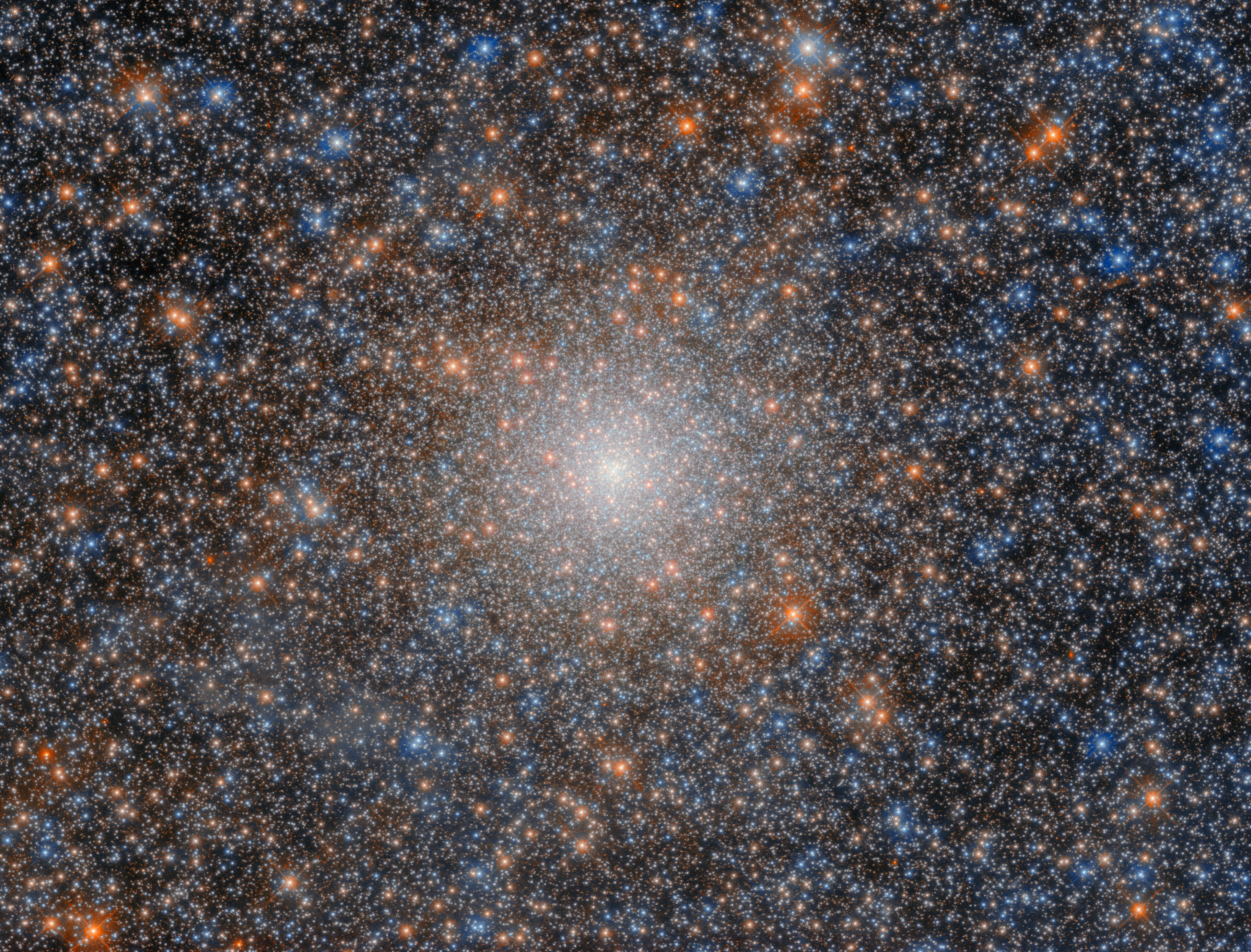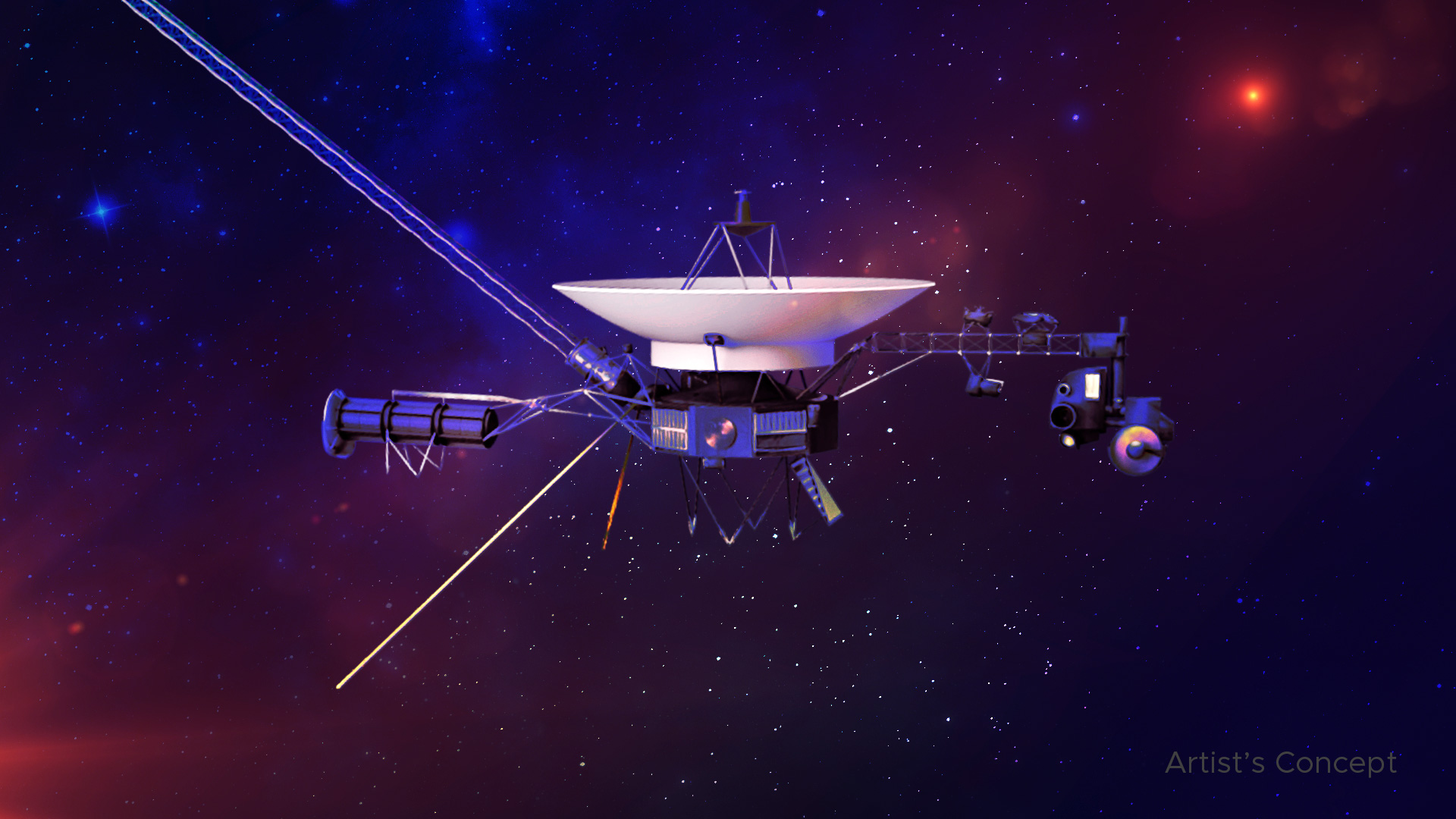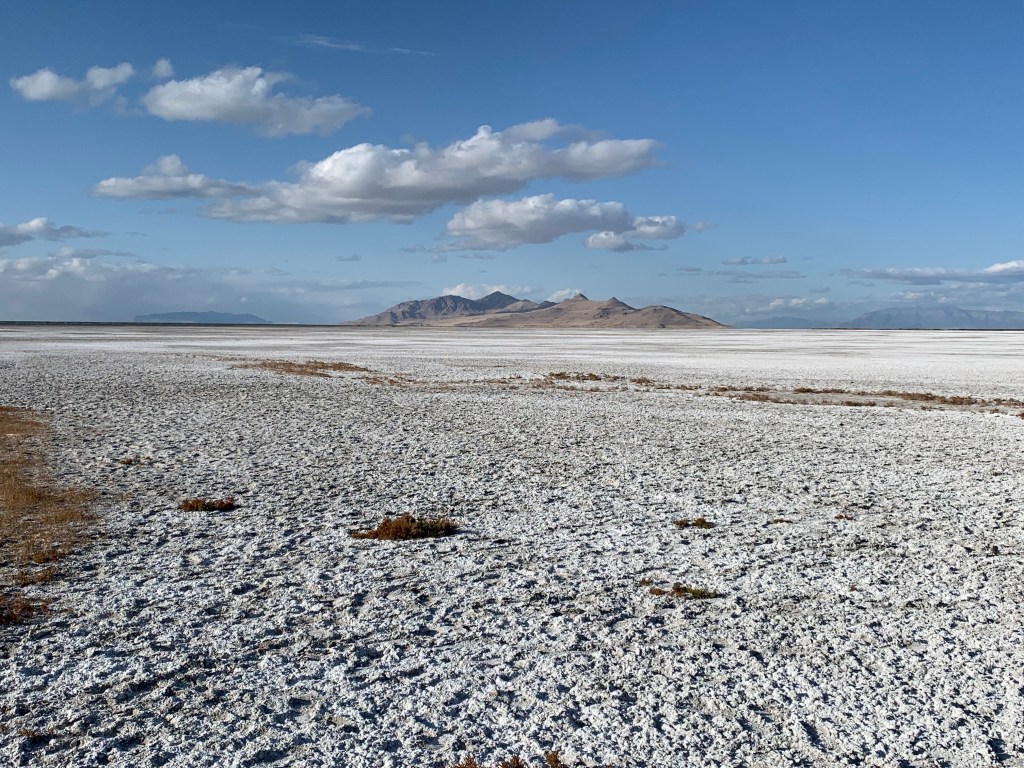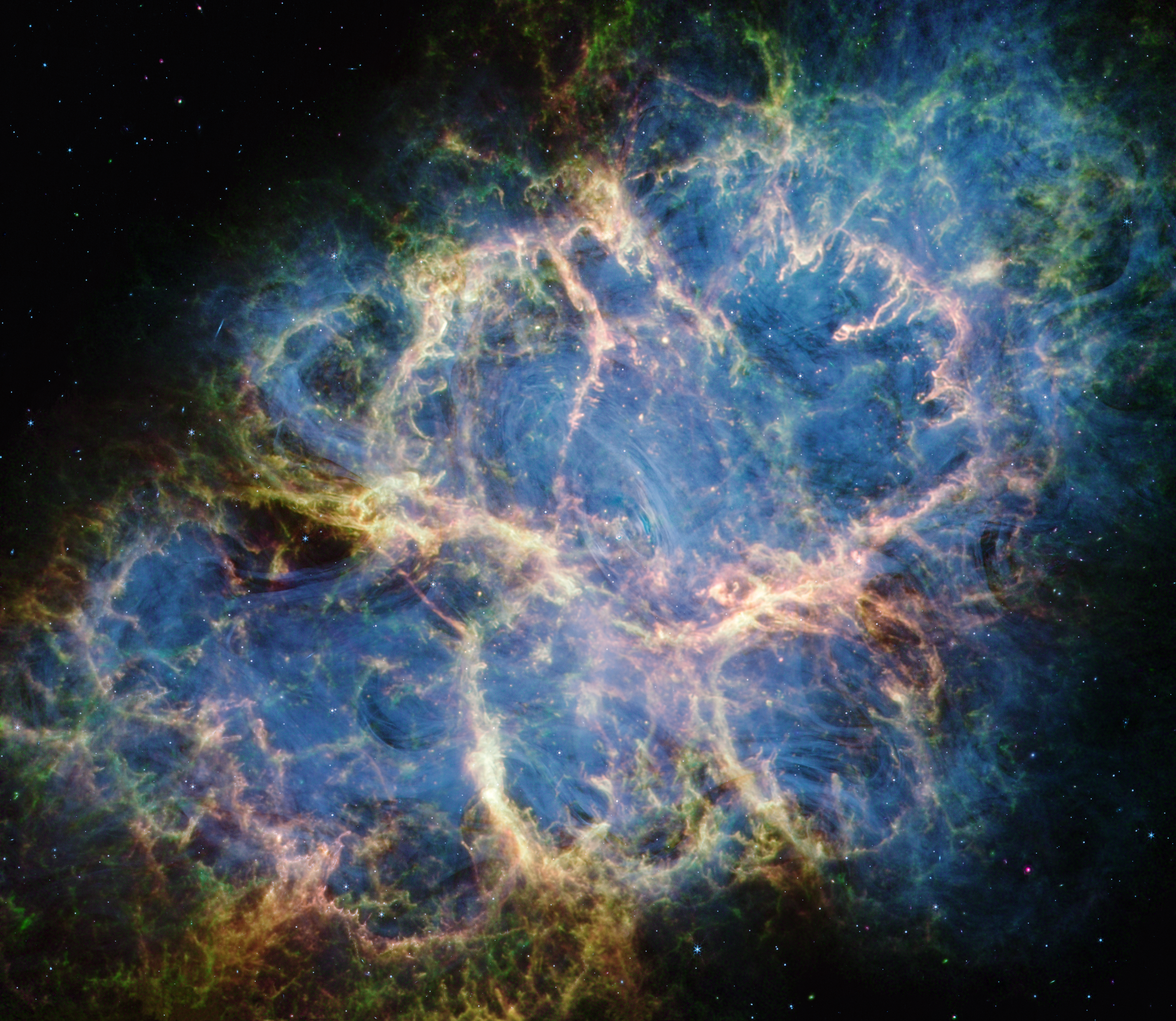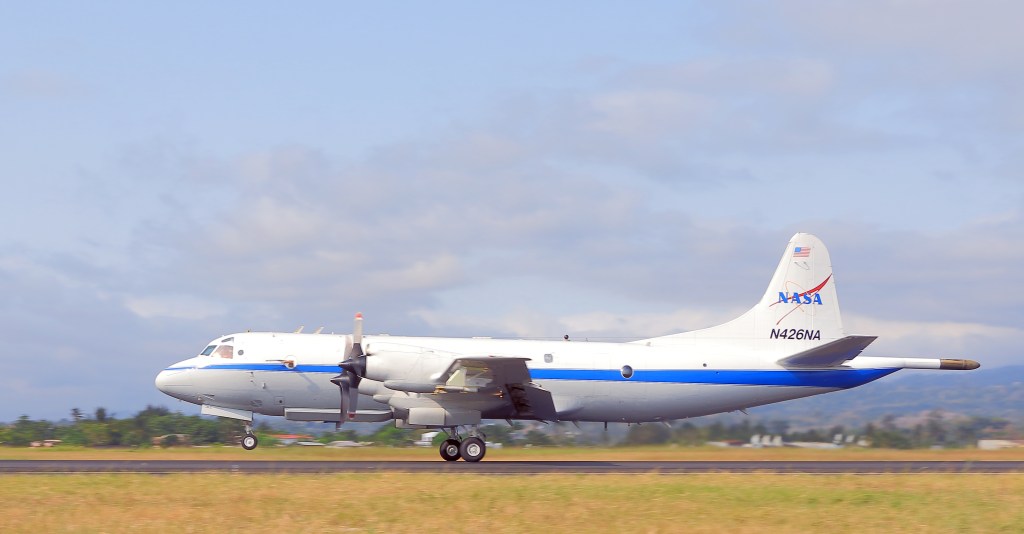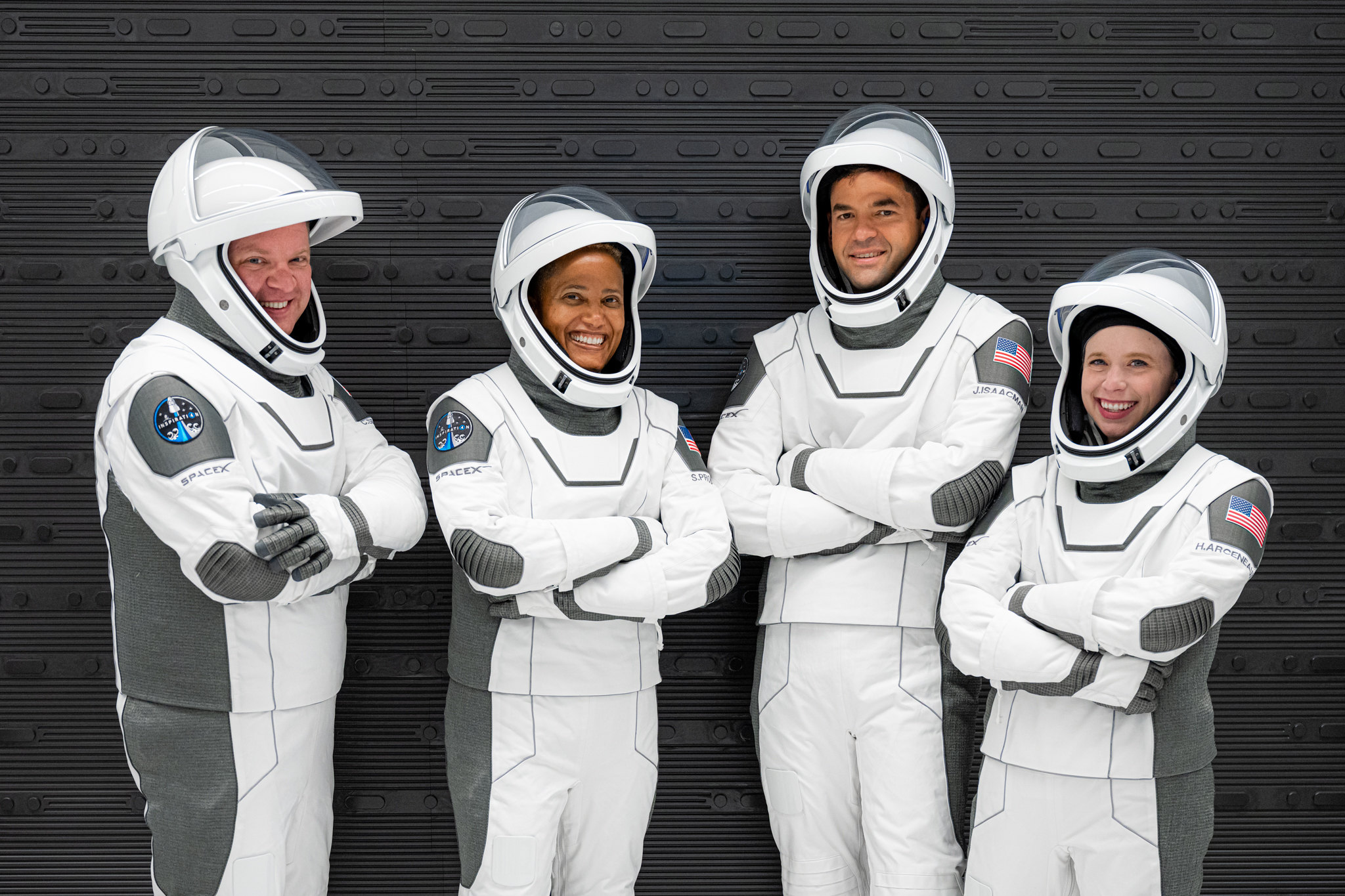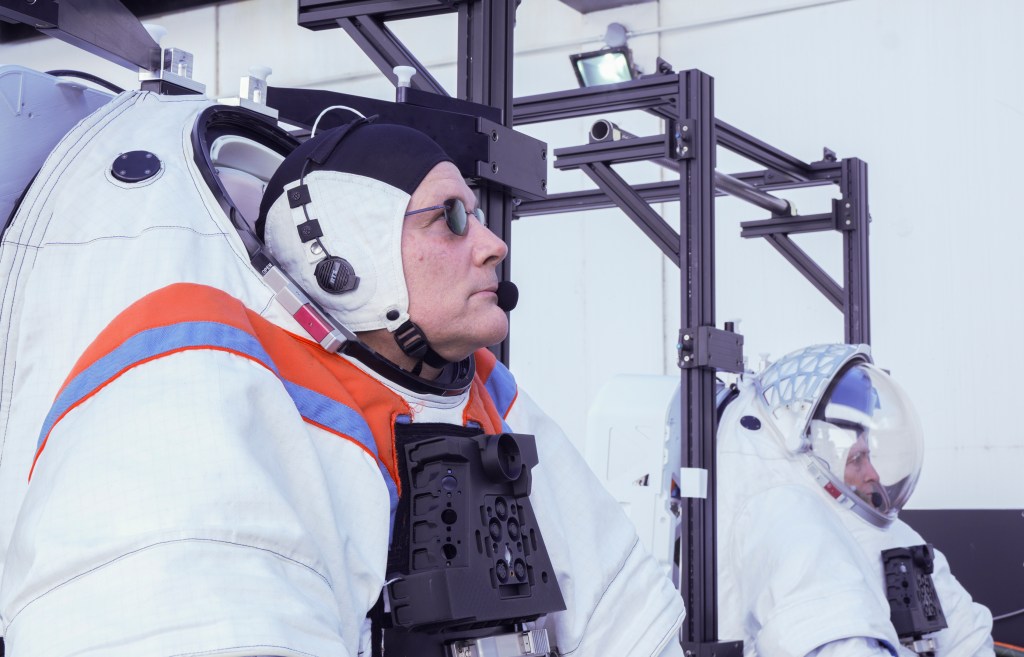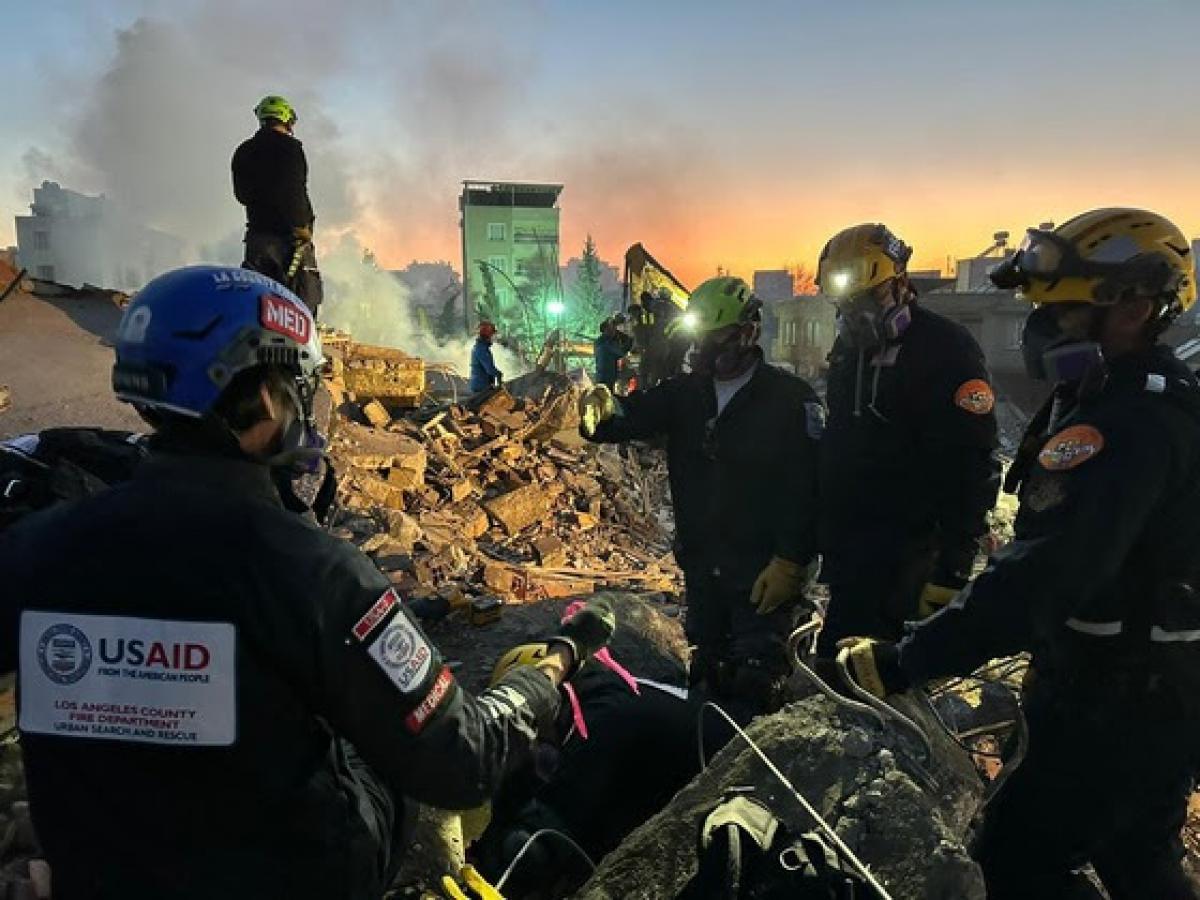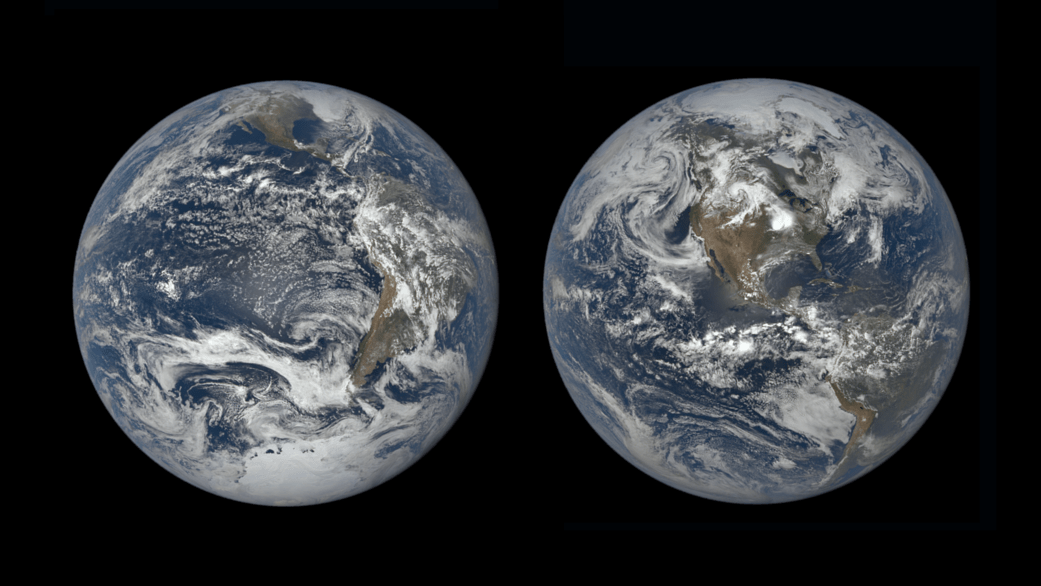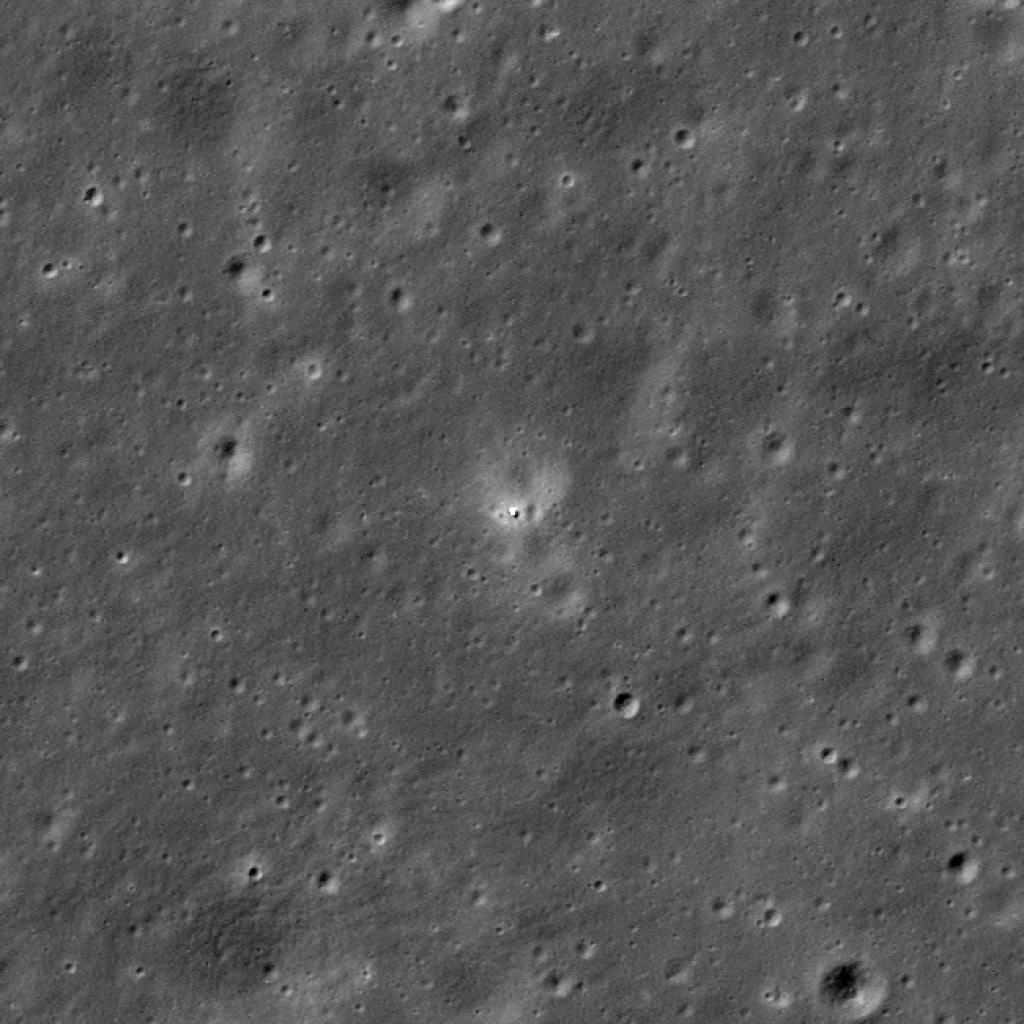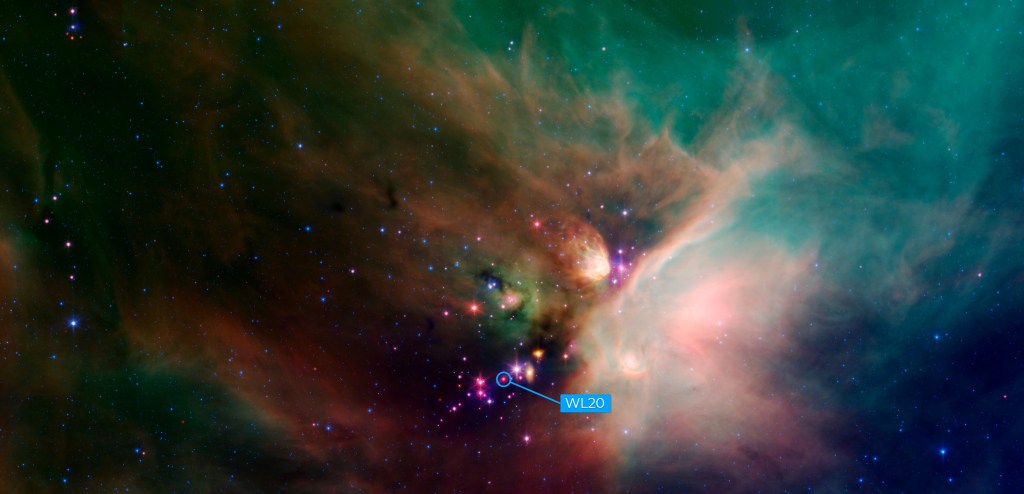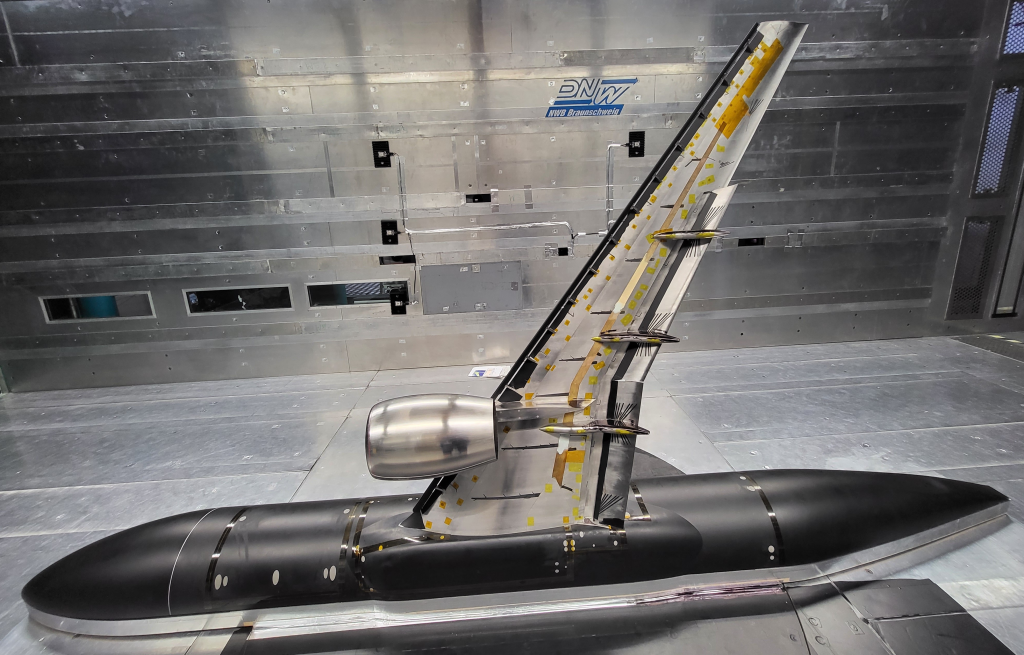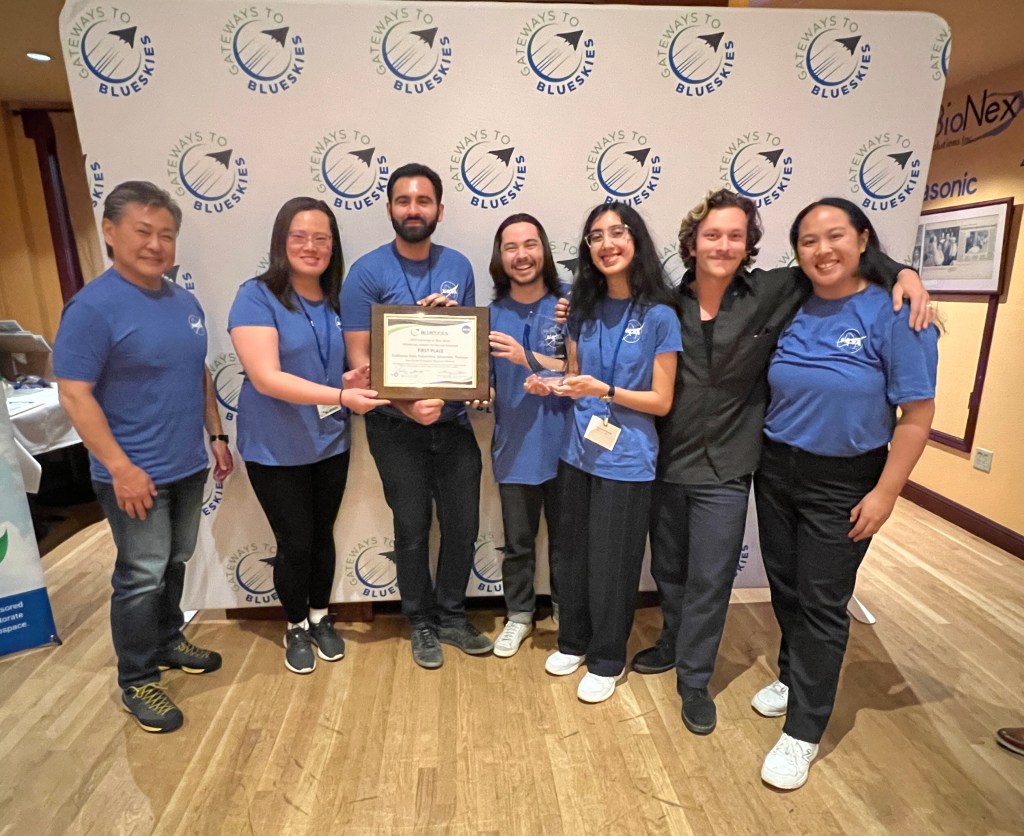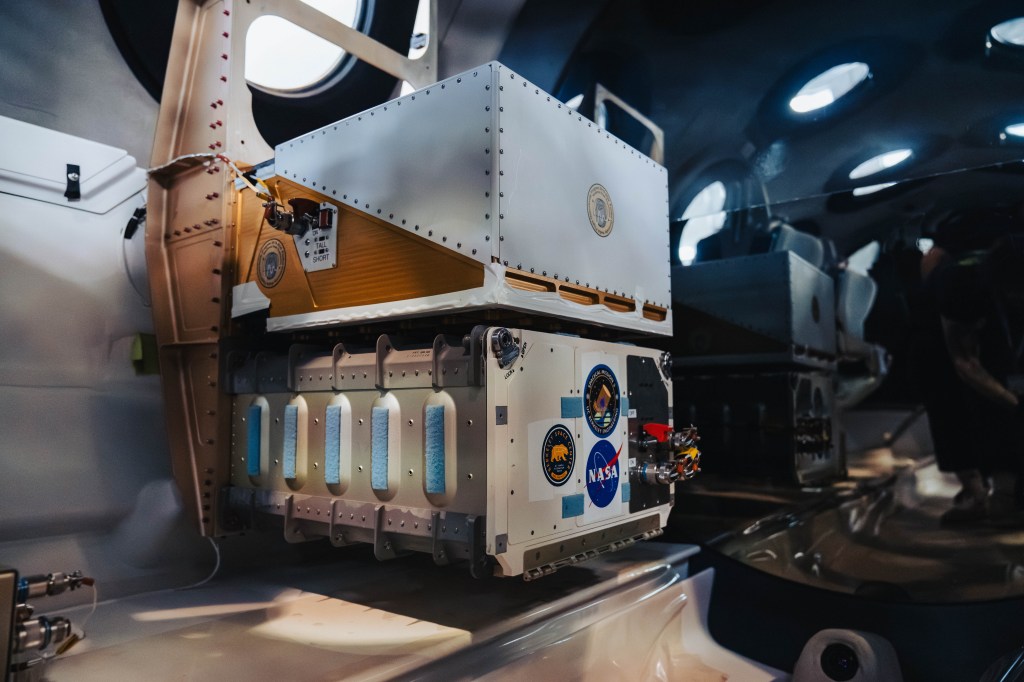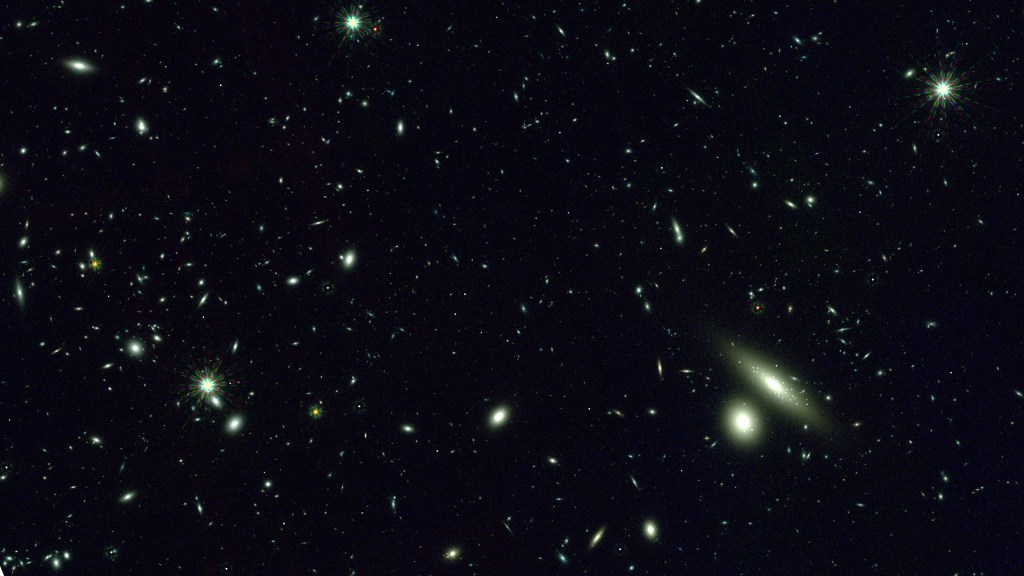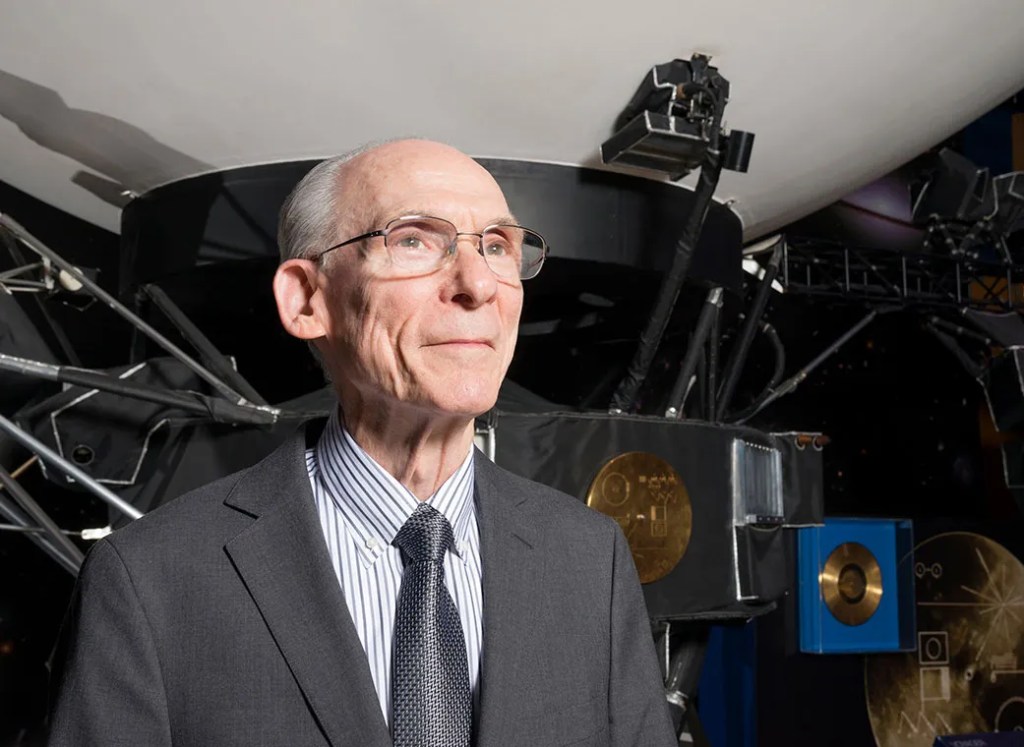BASALT Special Issue
On March 4, 2019, the BASALT [PI Darlene Lim(SST)] research program will be launching its Special Issue comprised of 13 research papers and one commentary in the journal Astrobiology. This will be followed by another Special Issue jointly hosted by the FINESSE (PI Jen Heldmann) research program in December 2019 in the journal Planetary and Space Science (PSS).
BASALT team working on a forthcoming Special Issue
September 17, 2018
The BASALT team is putting the final touches on a Special Issue that will appear in the journal Astrobiology in early 2019. This issue will include a collection of papers that discuss the Science, Operations and Technology research elements that makeup BASALT as a whole. Furthermore, look for a Forward by NASA Astronaut Dr. Stan Love. More soon as this Special Issue release nears!
BASALT Team member, Sam Payler, becomes the first British national to participate in the HI-SEAS mission
January 11, 2017
Congratulations to Samuel Payler from the University of Edinburgh for being selected as a HI-SEAS crew member!
Introducing the New Crew for HI-SEAS V
American Geophysical Union 2016 BASALT and FINESSE activities
BASALT and FINESSE teams will be out in full force at the forthcoming AGU meeting in San Francisco, CA. If you will be at AGU, please join our team members at the following venues:
- Wednesday, December 14th, Session Title: Terrestrial Analogs for Planetary Processes: Oceans, Volcanoes, Impacts, and Dunes I Oral Session P31E (Moscone West – 2007) Session from 0800-1000; Poster Session P33D (Moscone South Poster Hall) from 1340-1800.
- Friday, December 16th, 0800-1220 Poster Session (Moscone South Poster Hall) IN51B-1860 Minerva: An integrated geospatial/temporal toolset for real-time decision making and data collection
UH Hilo students investigate “Mars” on the east rift zone of Kīlauea
November 11, 2016
Check out this great blog from UH Hilo
County of Hawaii proclaims Nov.7-18 ‘NASA BASALT Weeks’
November 4, 2016
The County of Hawai`i has issued a formal proclamation that the weeks of Nov.7-18, 2016 are ‘NASA BASALT research weeks’. This honor comes as the BASALT team begins their 2-week scientific exploration of Mauna Ulu under simulated Mars mission conditions.
The BASALT team would like to express their gratitude to the people of Hawai`i for their support and enthusiasm for science, exploration and NASA’s Journey to Mars.
University of Hawai`i at Hilo BASALT Presentation
October 31, 2016
Join Dr. Darlene Lim (BASALT Principal Investigator) for an overview of the BASALT research program. Thursday, November 3, 6 pm; Science & Technology Bldg. 108; University of Hawai`i at Hilo
See flyer here: lim-nasa
November 1-18th deployment to Big Island of Hawai’i
Follow along with the BASALT research crew at BASALT_research as we embark on our second field deployment to conduct real science under simulated Mars missions, and ultimately to help enable NASA’s Journey to Mars. This time, the Extra-vehicular field crew will be working around Mauna Ulu on the Big Island of Hawai`i, while supported by a diverse Science Team that will be located at the Kilauea Military Camp nearly 12 km away. These two groups will be interacting via simulated Mars mission communication delays that will range from 5 to 15 mins in length one-way (or 10-30min round trip delay), which will help the team identify operational concepts and capabilities that enable science and discovery when humans explore Mars.
June 13-July 1, 2016 Deployment to Craters of the Moon, Idaho
The BASALT team, in partnership with the FINESSE research project, embarked on their first science-driven field deployment under simulated Mars mission conditions. The team began pre-mission testing on June 13th, and then started their formal mission days on Monday, June 20th and ended on Friday, July 1. Over this time, the team investigated Big Craters and Highway flows in Craters of the Moon National Monument and Preserve. The objective was to identify and sample altered basalts for the purposes of both geochemical and microbial studies related to defining the habitability potential of present-day Mars. The field excursions were conducted by two team members who simulated Extra-vehicular (EV) conditions related to human Mars mission conditions. They were supported by an Intra-vehicular (IV) team that was simulating being on Mars, albeit within a mission command center (and not on EV traverse) that was located 10’s of kilometers away from the EV team. The EV and IV teams communicated in real-time given their co-location on Mars. A remote Science Team also supported the EV activities. The Science Team was located in Arco, Idaho, which is approximately 60-km away from the EV team. The Science Team communicated with the IV team under latency (delay), which simulated average transmission times for messages passing from Earth to Mars and vice versa. These communication delays ranged from 5 to 15 minutes in duration.
The scientific research objectives of the deployment were complemented by an array of Operational and Technical research elements focused on identifying which human-robotic ConOps and supporting capabilities enable science return and discovery.
During the three-week mission, the BASALT-FINESSE team supported an outreach day in partnership with the National Park Service (NPS). This event was attended by several hundred individuals from the area and allowed the public to interact with researchers and tour the NASA Mission Command Center Trailer that was located in Arco.
The BASALT team is now readying for their next field deployment to Mauna U’lu on the Big Island of Hawai’i. Stay tuned for more news as the team heads out in November 2016 for their next trip to “Mars”!
BASALT Operational Readiness Test 1 (ORT-1): March 28-April 1, 2016
The BASALT team will conduct their first Operational Readiness Test (ORT) from March 28-April 1, 2016. The team will meet at the NASA Ames Research Center to conduct an integrated test of their science operations, software systems, and hardware capabilities. This is an exciting and important milestone for the BASALT team as they move closer to their first field deployment at Craters of the Moon National Monument and Preserve in June 2016.
Team Deployment to Idaho
The BASALT team will be in Idaho at Craters of the Moon (COTM) National Monument and Preserve from July 31-August 16, 2015. This is the first deployment for the team, and the focus will be on collecting foundational data for the project. These data will include hyperspectral imaging and a variety of in-situ measurements to characterize the diversity of alteration products in the COTM region. Rock samples will also be collected for the BASALT biology team to begin microbial and organic geochemistry studies.

